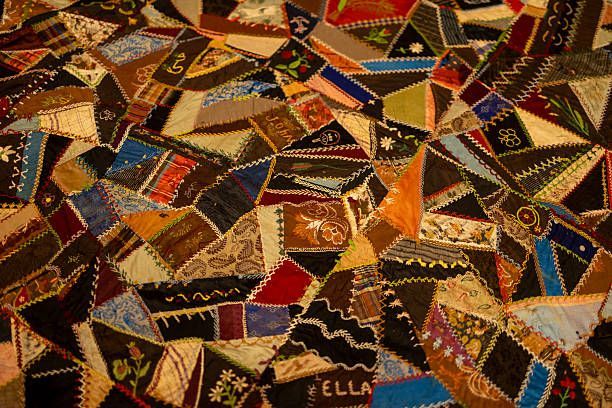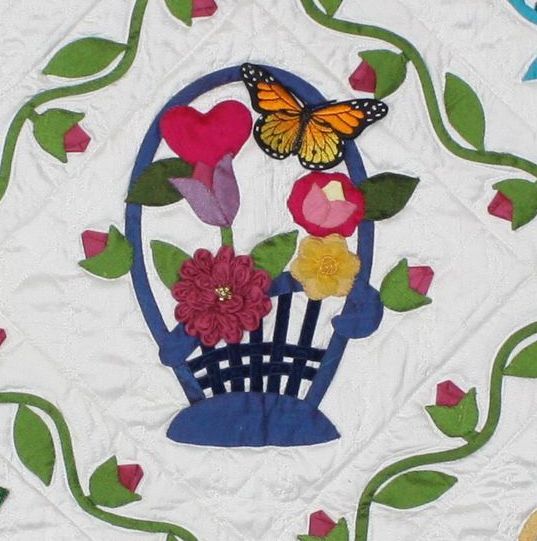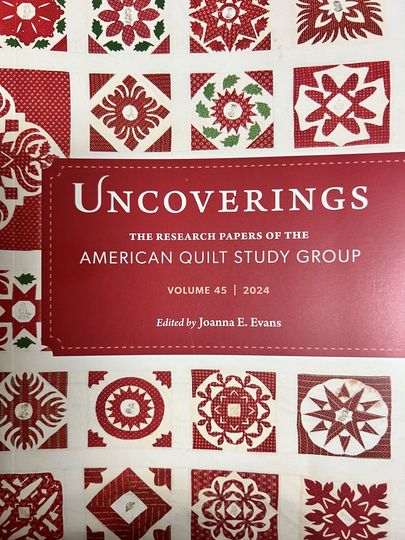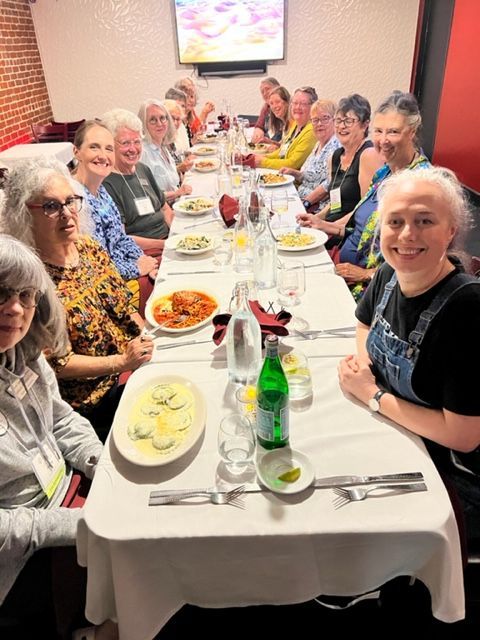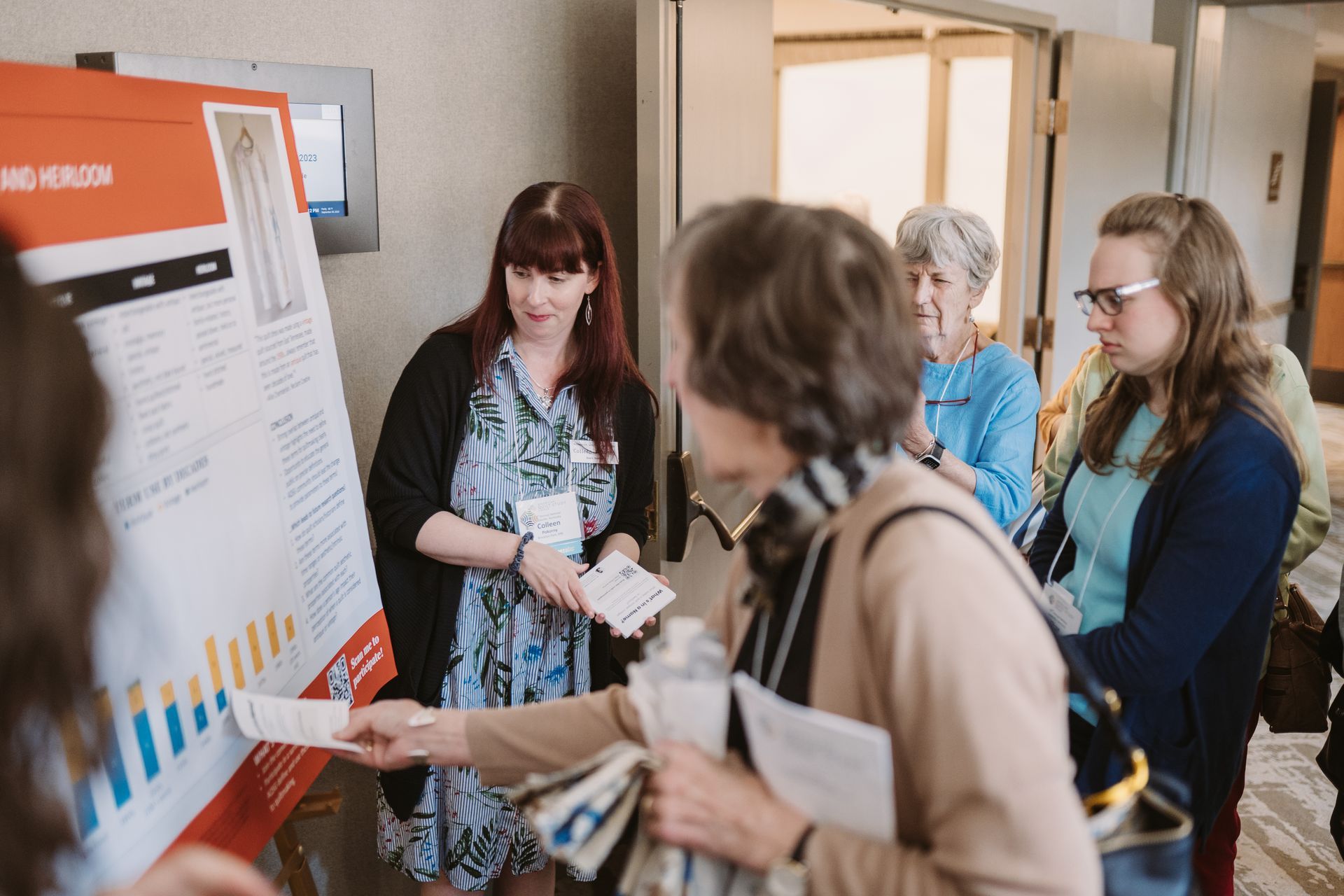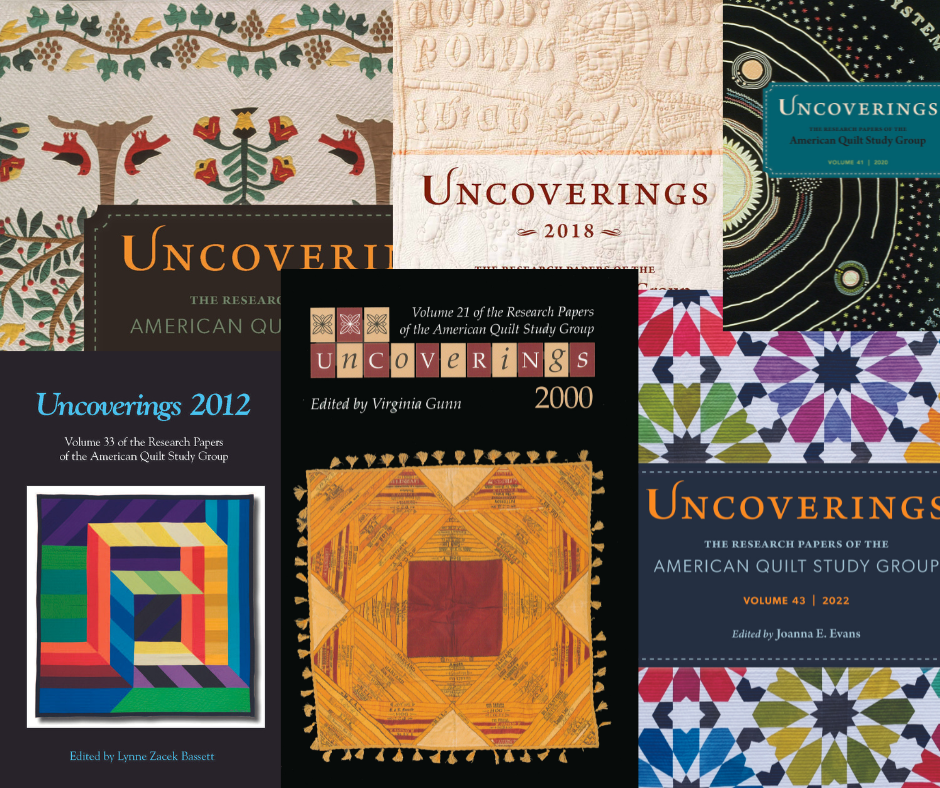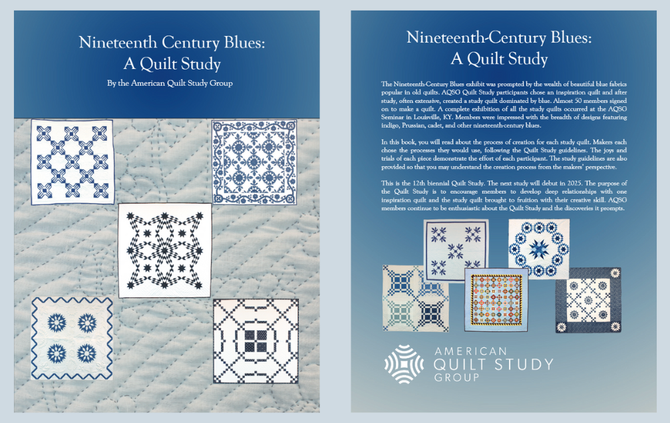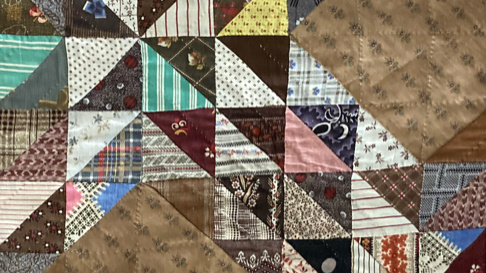July 9, 2025
What: Review of Uncoverings 1994, Volume 15 of the Research Papers of the American Quilt Study Group, edited by Virginia Gunn Topic: “A Literary Patchwork Crazy Quilt: Toni Morrison’s Beloved” Author: Sunny Falling-rain This month’s review covers an unusual approach to quilt history combined with a unique approach to literature review. The author, Sunny Falling-rain, according to the results of a quick internet search, is/was a quiltmaker and designer. At the time of its writing, she held a B.A. in English from the University of California at Davis and was serving as Head of Interlibrary Loan at the UC-Davis Carlson Health Sciences Library. She also a decade of experience as a public school teacher. It is Ms. Falling-rain’s perspective that Morrison “gave the novel the qualities and the power of the quilt to warm and to comfort and to remind us of our roots—to form connections to others and to the past.” [p. 111] Very early in her narrative and looking for the structure of the story, Falling-rain refers to Beloved as “a literary patchwork crazy quilt” and she declares that “Every component of the crazy quilt has a counterpart in the novel.” [p. 112] During the rest of this article the terms “crazy quilts” and “crazy patchwork quilts” are used interchangeably. The basic story of Beloved comes from real events in which an escaped slave woman gruesomely killed her toddler daughter to prevent her from being taken into slavery in 1855. In the novel, the ghost of the deceased child reveals herself to the books main character, Sethe, and calls herself Beloved. The rest of the story includes Sethe’s other children and other colorful characters with colorful names. Craziness becomes a word used throughout the novel to describe insanity as well as the physical characteristics of a crazy quilt. It gets complicated! The novel’s narrative is described in enough detail to understand the plot and its relationship to both patchwork and crazy quilts. The various elements of crazy quilts are discussed in their relationship to the novel’s theme including several sources for the use of the term “crazy quilt.” Foundation piecing, color, imagery and embroidery of animals and flowers, the variety of fabrics used, and stitches used are all discussed and described in all their relationships to each other. Ultimately the author, Falling-rain, finds a conclusion that includes the fragmentation of lives—and remembering and reframing of them—as the same as is the role of the crazy patchwork quilt in the lives of the quiltmakers and the study of quilt history. Ultimately, Falling-rain notes “The novel as quilt enables the author to lay to rest an otherwise unspeakable story about an incident and a period of American history that does not rest well.” [p. 137] Amen to that.
